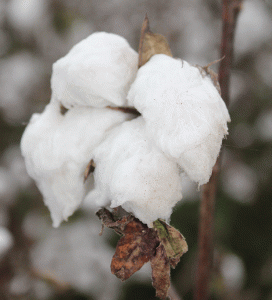Boll weevils found in local cotton field
Published 4:07 pm Tuesday, October 23, 2018

Staff and Wire Reports
A Panola County cotton field, and those surrounding it, has been watched closely since two boll weevils were found on Sept. 29.
This is particularly worrisome to local farmers who planted 29,588 acres of cotton this year, according to the Panola County Farm Service Agency. This is down slightly from 2017 when 31,889 acres were planted.
The last two years has seen a sharp increase in cotton planted locally as prices have improved along with opportunities to save in production of the crop. Some 20,017 acres were planted in 2016 and 8,873 in 2015.
The boll weevil was the cause of much financial failure when it devastate crops here in the early 1900s, but were declared eradicated in Mississippi in 2009, and in Arkansas in 2006.
Louisiana and Arkansas have stepped up boll weevil trapping because two of the destructive, long-snouted beetles were found in northern Mississippi.
“We run scared about getting them reintroduced into the state,” said Gus Lorenz, a University of Arkansas Cooperative Extension Service entomologist and one of the state’s three boll weevil experts. “We’re going to do everything we can to avoid that as much as possible.”
Boll weevil larvae eat cotton buds and flowers. They have cost the cotton industry more than $23 billion since moving into the United States from Mexico in the 1890s, according to the U.S. Department of Agriculture. Since North Carolina and southern Virginia began trial programs about 40 years ago, the beetles have been eradicated from all cotton-producing states except part of southern Texas .
The bugs have snouts about half as long as their bodies and average about a quarter-inch long (6 millimeters) from snout-tip to back end.
Farrell Boyd, program director for Mississippi’s boll weevil eradication program, said the two male Mexican boll weevils found in Batesville probably hitched a ride on a vehicle, though nobody knows for sure how they arrived. Intensive trapping around the field where they were found in a trap on Sept. 29 and within a mile of that spot hasn’t turned up any more weevils, he said.
“Every day that goes by without us catching any more, I feel real comfortable,” he said.
“We spent hundreds of millions of dollars eradicating the weevil, and we’re just not willing to take a chance,” Lorenz said.
Traps are usually spaced about every mile along highways, and that distance has been halved, he said. They’ve also boosted trapping near the three bridges between Mississippi and Arkansas, and in Texarkana, the entry point from Texas.





